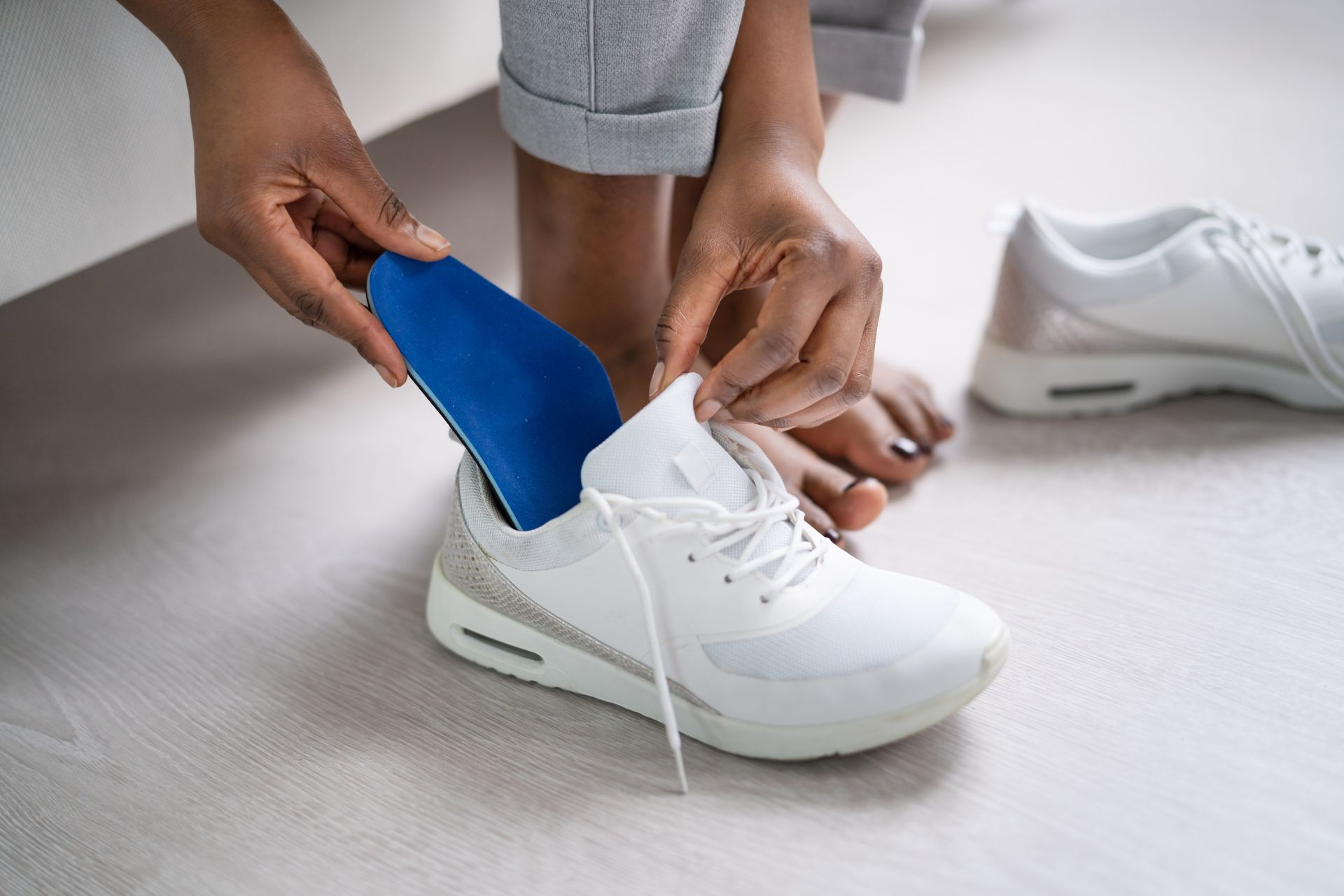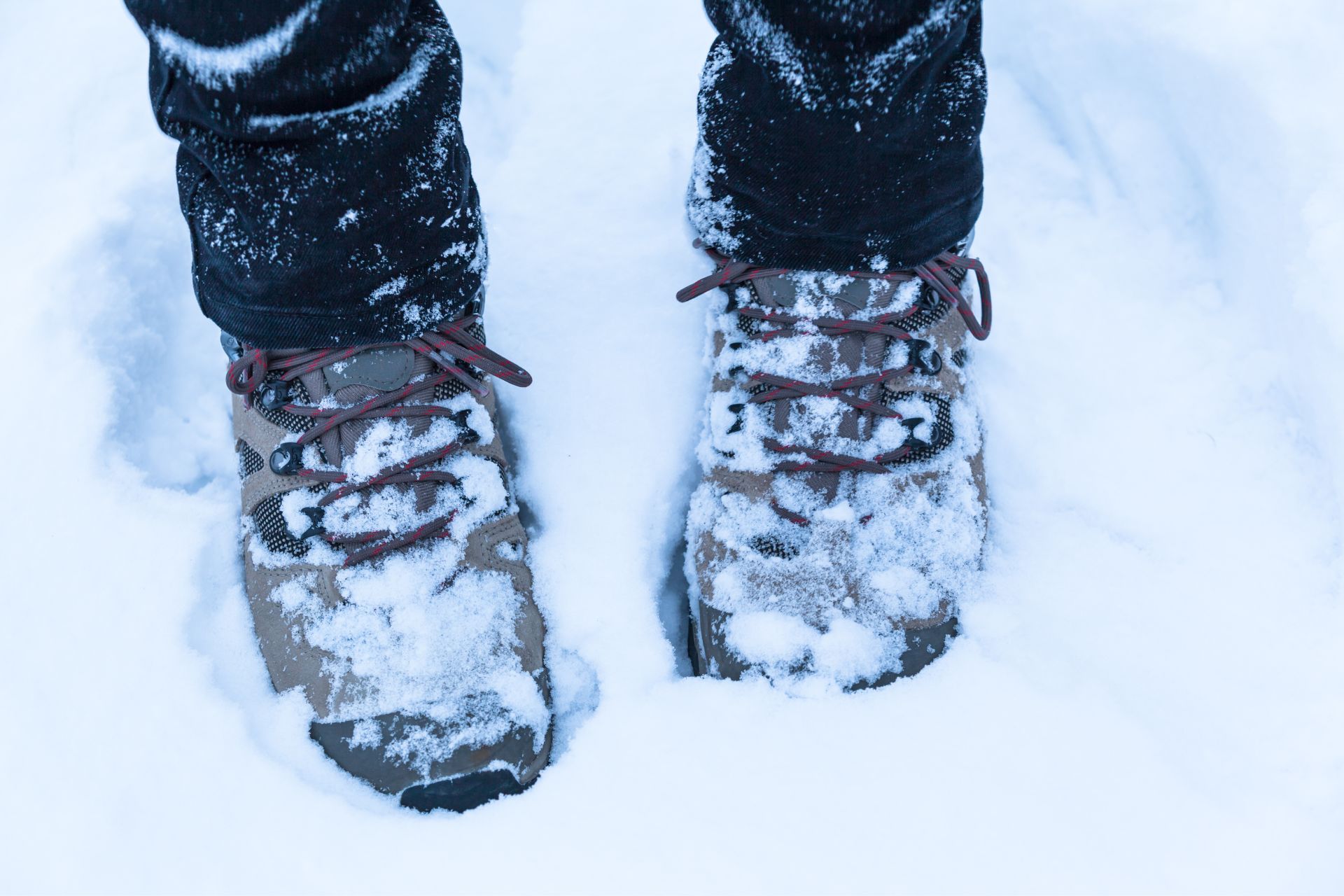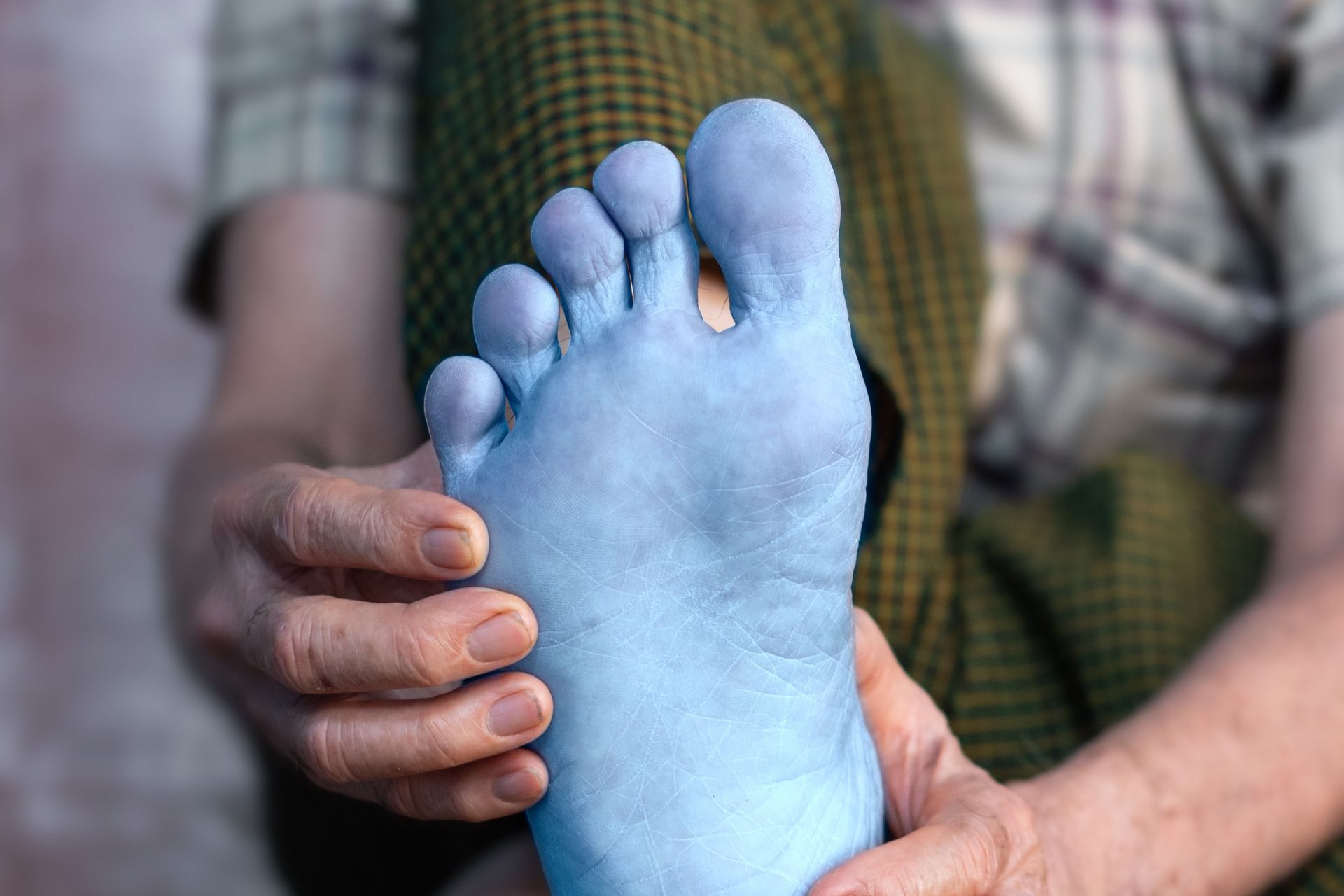Foot discomfort is a prevalent issue that can significantly impact daily activities and overall well-being. One effective solution to alleviate such discomfort is the use of personalized orthotic devices. These custom-made inserts are designed to provide support and correct biomechanical imbalances, offering relief from various foot-related ailments.
Understanding Personalized Orthotic Devices
Custom orthotics are specially crafted shoe inserts tailored to an individual’s unique foot structure and gait patterns. Unlike generic over-the-counter insoles, these devices are designed to address specific issues by providing targeted support and alignment. They can be beneficial for a range of conditions, including flat feet, high arches, plantar fasciitis, and more.
The Importance of Proper Foot Alignment
Proper foot alignment plays a crucial role in maintaining overall body posture and preventing musculoskeletal issues. Misalignment can lead to problems not only in the feet but also in the knees, hips, and lower back. Personalized orthotic devices help in correcting these misalignments by providing the necessary support to the arches and redistributing pressure evenly across the feet.
Conditions Addressed by Personalized Orthotic Devices
- Plantar Fasciitis: This condition involves inflammation of the plantar fascia, leading to heel pain. Personalized orthotic devices can provide cushioning and support to alleviate this discomfort.
- Flat Feet: Individuals with fallen arches may experience overpronation, causing strain on the feet and legs. Custom inserts offer arch support to correct this issue.
- High Arches: High arches can lead to underpronation, resulting in insufficient shock absorption. Personalized orthotic devices help distribute weight more evenly, reducing stress on the feet.
- Bunions: These bony protrusions at the base of the big toe can cause significant discomfort. Custom inserts can help in realigning the toe joint and reducing pressure on the bunion.
Benefits of Personalized Orthotic Devices
- Pain Relief: By addressing the root cause of foot discomfort, personalized orthotic devices can significantly reduce pain in the feet, ankles, and lower back.
- Improved Mobility: Enhanced support and alignment can lead to better mobility and reduced fatigue during daily activities.
- Injury Prevention: By promoting proper foot mechanics, these devices can help prevent injuries related to overuse or improper gait patterns.
The Process of Obtaining Personalized Orthotic Devices
Acquiring custom orthotics typically involves a thorough assessment by a foot care specialist. This assessment may include gait analysis, foot measurements, and possibly imaging studies to understand the individual’s specific needs. Based on this evaluation, a custom insert is crafted to provide optimal support and correction.
Integrating Personalized Orthotic Devices into Daily Life
Once obtained, it’s essential to integrate the personalized orthotic devices gradually into daily activities. Starting with wearing them for a few hours each day and progressively increasing the duration can help the feet adjust comfortably. Regular follow-ups with the foot care specialist ensure that the devices continue to meet the individual’s needs effectively.
Choosing the Right Footwear
Pairing custom orthotic devices with appropriate footwear enhances their effectiveness. Shoes with removable insoles, adequate arch support, and a roomy toe box are ideal choices. It’s advisable to avoid high heels or shoes with insufficient support, as they can counteract the benefits of orthotic devices.
Maintaining Foot Health
In addition to using personalized orthotic devices, maintaining overall foot health is crucial. Regular foot exercises, proper hygiene, and routine check-ups with a foot care specialist can prevent potential issues and ensure long-term comfort.
Final Words
Custom orthotics offers a tailored solution to various foot-related problems, enhancing comfort and mobility. By providing targeted support and promoting proper alignment, they play a vital role in maintaining overall musculoskeletal health.
If you’re experiencing foot discomfort and are considering personalized orthotic devices, the experts at Steady Gait Foot Clinic in Scarborough are here to assist you. Contact us today to schedule a consultation and take the first step towards pain-free mobility.




